Mixtures are all around us, both naturally occurring and man-made. Some examples of mixtures include air, saltwater, trail mix, granite, and carbonated beverages. These mixtures consist of two or more distinct substances, but the different components are not chemically bonded together. The components retain their identities and can be physically separated.
15 Examples of Mixtures
Here are some most common examples of mixture:
1. Salad
A salad consists of different vegetables, cheese, meat and nuts mixed together. Each component retains its identity and could be separated, making a salad a mixture.

Experiment: Make your own salad mixture with at least 5 ingredients that retain their forms when combined.
2. Granite
Granite is an igneous rock composed chiefly of quartz and feldspar crystals with other minerals like mica and amphiboles mixed in, creating a speckled appearance. It is a heterogeneous mixture of visibly distinct components.
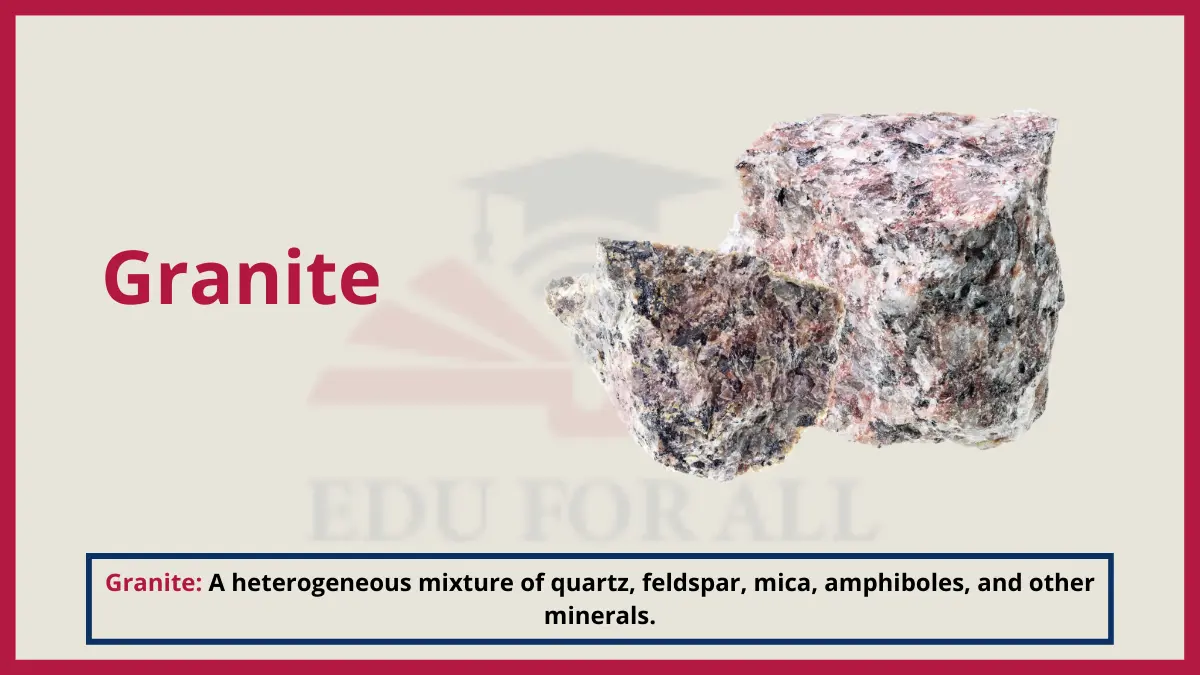
Experiment: Examine a sample of granite and try to distinguish at least 3 different minerals comprising it.
3. Soil
Different proportions of small rock particles, organic matter from decayed leaves and animals, water and air make up soil. The different components are visibly distinct even as they combine into the soil mixture.
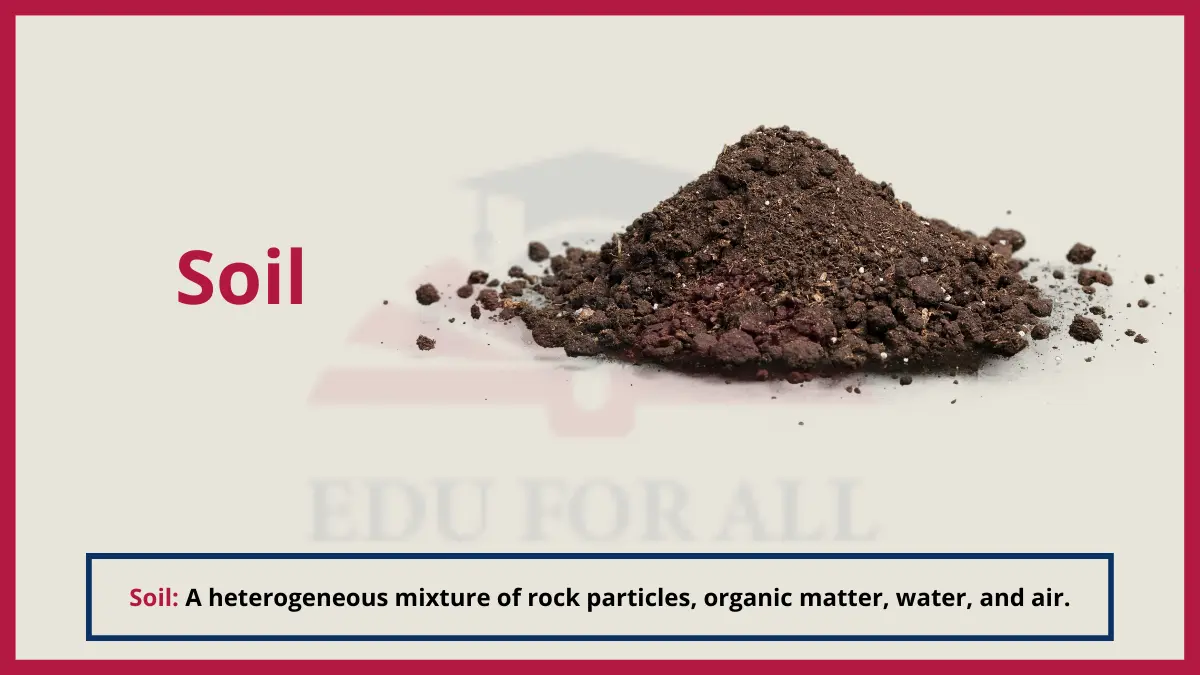
Experiment: Examine a soil sample under a magnifying glass to observe the different elements that compose the mixture.
4. Blood
Though it may look uniform, blood actually carries red blood cells, white blood cells, platelets, proteins and other components all mixed together in liquid plasma. Blood is a tissue fluid mixture.
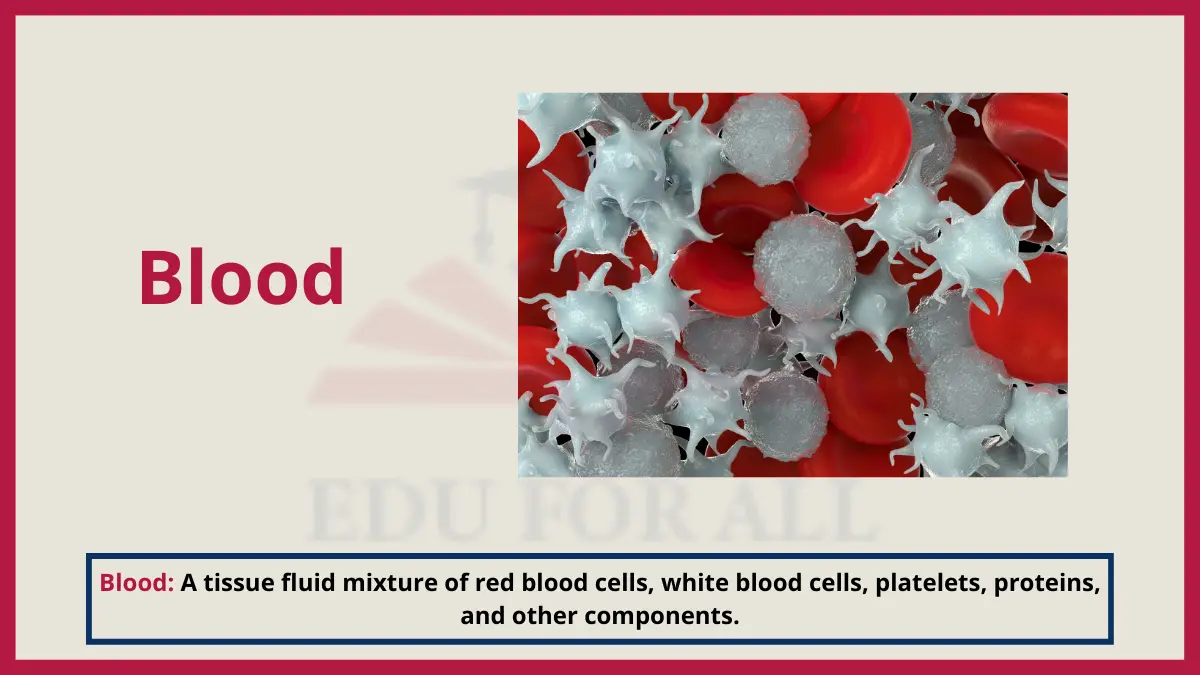
Experiment: Place a blood smear on a microscope slide, stain it, and examine the distinct cell types in blood.
5. Crude Oil
Crude oil consists of complex hydrocarbon compounds mixed in a solution that have higher molecular weights than natural gas. These all form a highly viscous oil mixture.

Experiment: Allow crude oil to sit for several weeks in a container and notice how the components do not separate fully and quickly. This shows its properties as a mixture.
6. Clouds
Clouds are visible accumulations of very tiny water droplets and/or ice crystals mixed with dust particles and gases like nitrogen and sulfur oxides in the air. Clouds have multiple phases in the same fluid mixture.
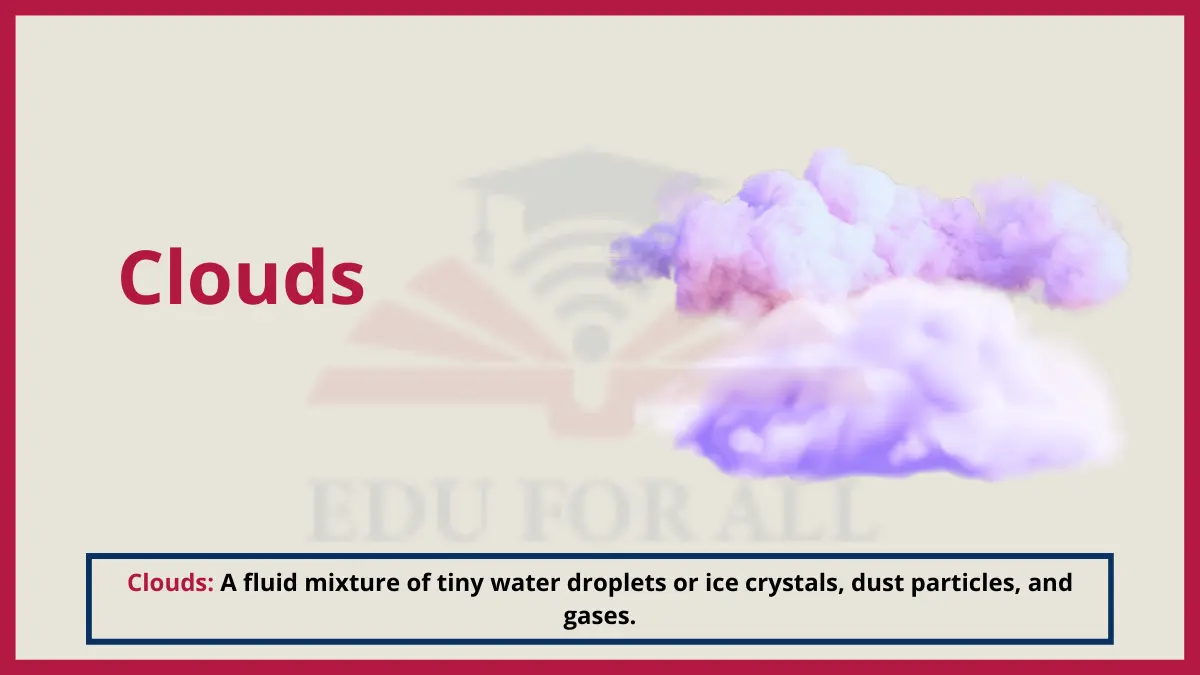
Experiment: Use a tall glass, shaving cream, and food coloring to create a column that mimics stratiform clouds as a visual mixture.
7. Trail Mix
Trail mix consists of nuts, raisins, chocolate, seeds, dried fruit and cereals mixed together in variable proportions but each component retains its separate form and identity.

Experiment: Make your own trail mix using at least 5 visually distinct ingredients combined into a dry heterogeneous mixture.
8. Italian Salad Dressing
Oil, vinegar, water, sugar, salt, spices and other flavorings are combined in Italian dressing, retaining separate phases and identities. The ingredients are visible and layer by density making it a salad dressing mixture.
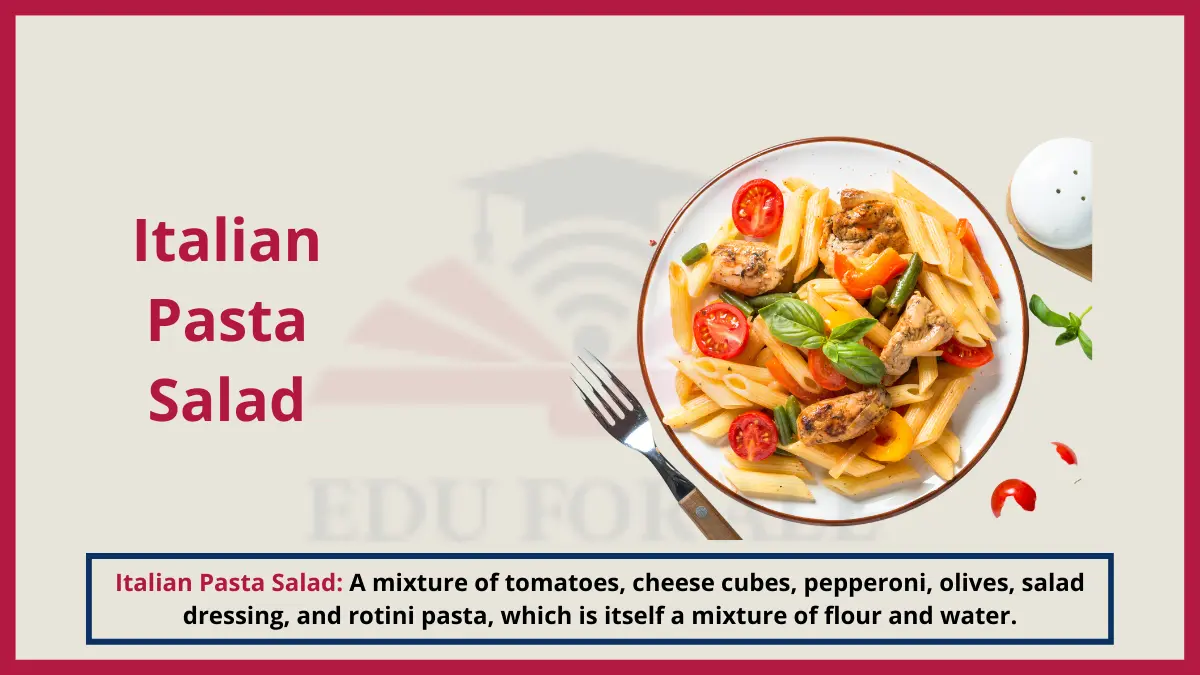
Experiment: Shake a bottle of Italian dressing and watch the phases separate then remix when not agitated.
9. Alloys
Alloys are mixtures of metals or a metal combined with other elements. Brass is an alloy mixture composed of copper and zinc. Components retain identities but new properties emerge.
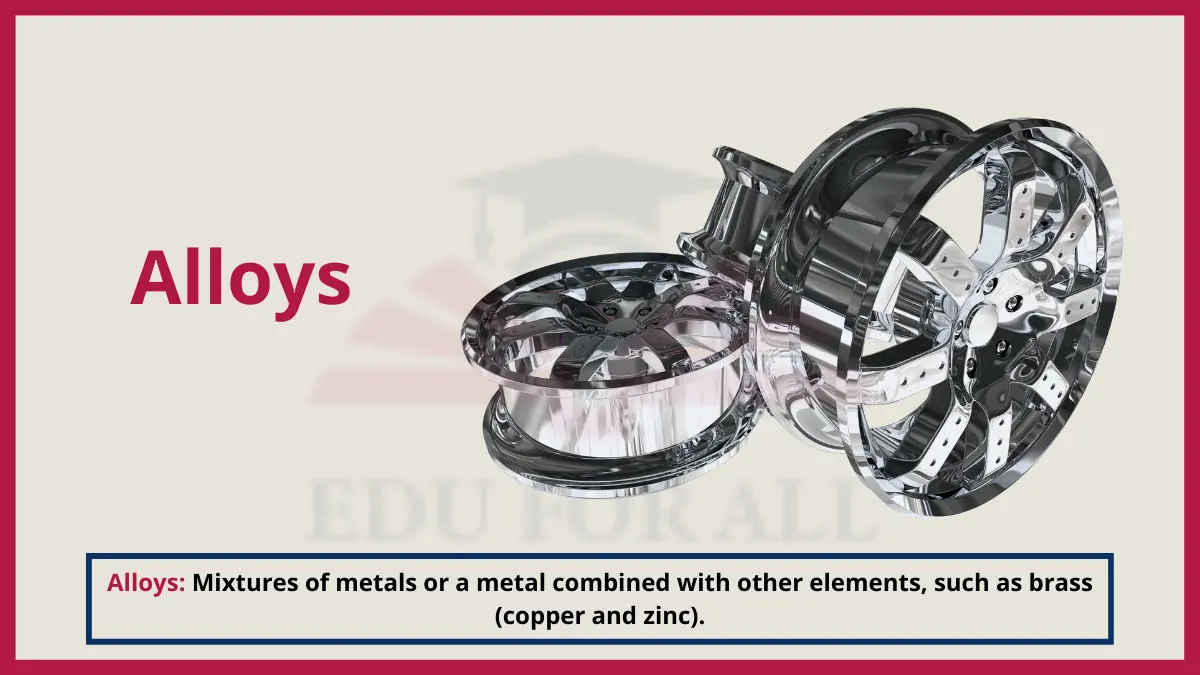
Experiment: Use pennies and zinc supplements to mix a sample of brass alloy at home.
10. Smoothies
Fruit smoothies are liquid mixtures typically made of blended fruit, vegetables, milk or yogurt, juice, ice, and sweeteners like sugar, honey or sweet whey protein powder. Each input remains distinct.
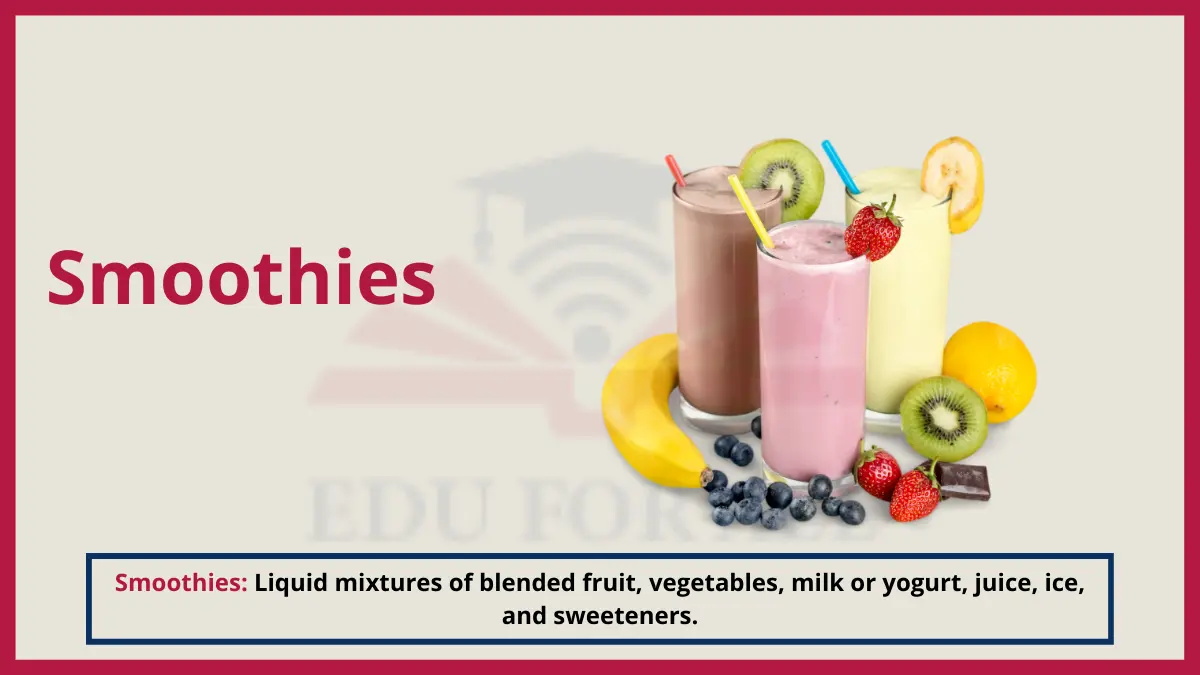
Experiment: Make a smoothie with at least 2 fruits then try to separate out components.
11. Soda Water
Carbonated sodas are aqueous mixtures where carbon dioxide gas gets dissolved into water under pressure. Gaseous carbon dioxide retains a separate molecular identity when mixed into the liquid.
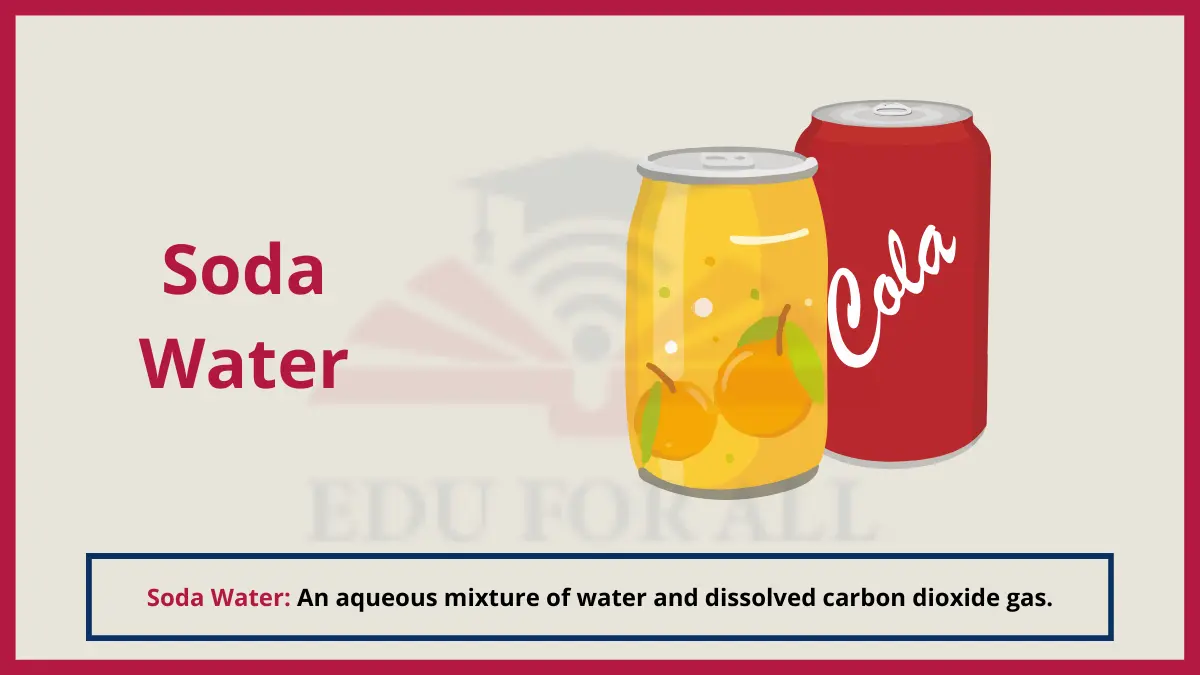
Experiment: Shake a carbonated soda in a closed bottle then watch bubbles emerge as CO2 comes out of mixture.
12. Sea Water
Sea water contains salt, water, some microorganisms, and gasses dissolved into it. These components combine to create a mixture.

Experiment: Boil sea water to leave behind the salt. Then weigh out the salt and water to verify the ratios of components.
13. Italian Pasta Salad
This pasta salad brings together mixtures within mixtures! Separate ingredients like tomatoes, cheese cubes, sliced pepperoni, and olives all get tossed with salad dressing and rotini pasta twists, itself a flour and watermixture that is shaped and dried.
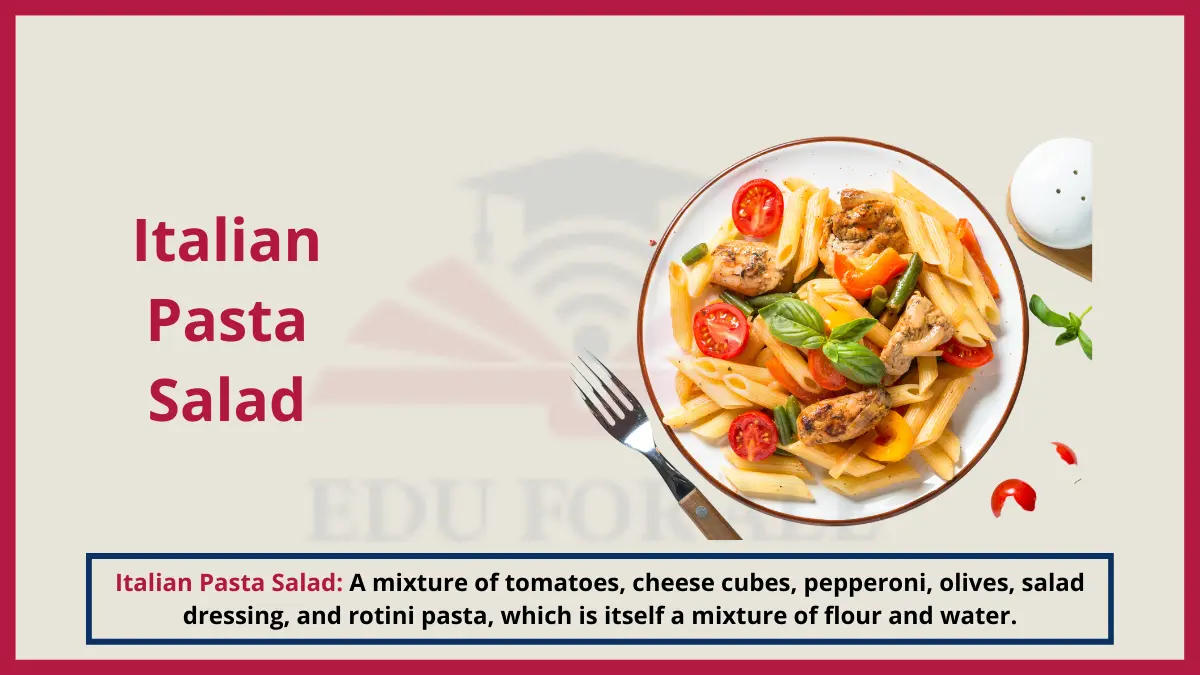
Experiment: Make an Italian pasta salad using at least 5 visible ingredients that retain their distinct forms when blended together.
14. Coffee with Cream
Coffee and liquid cream combine to create a colloidal suspension mixture where the tiny particles of cream fat globules get evenly dispersed throughout the water.
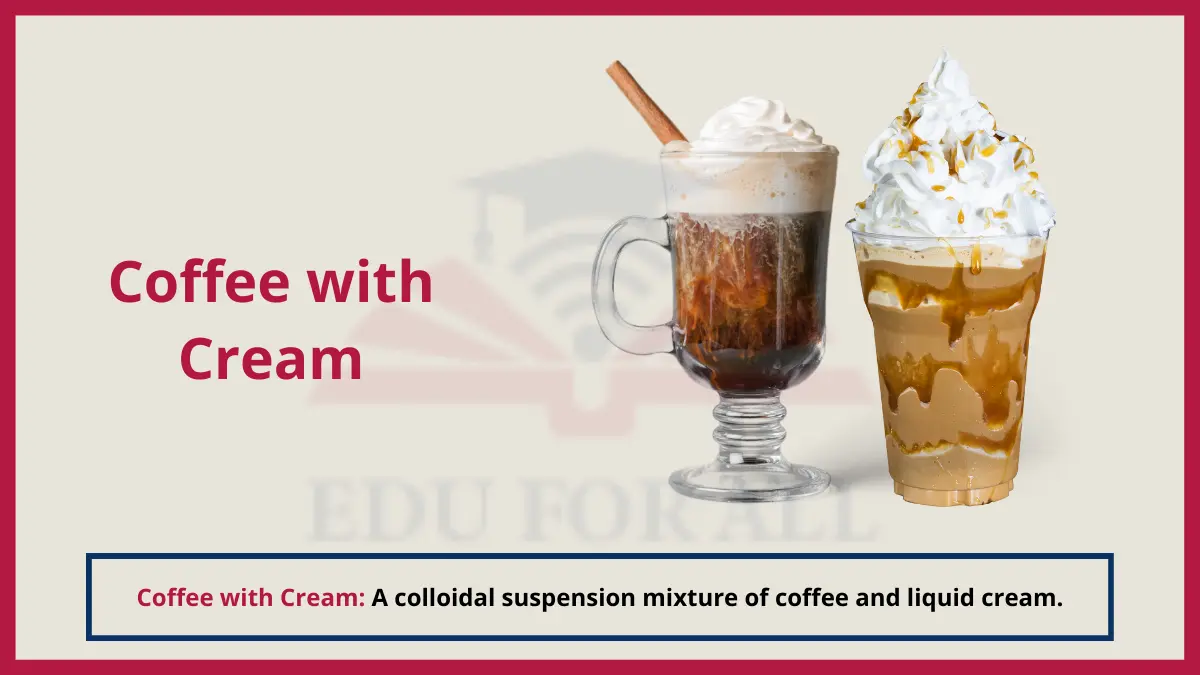
Experiment: Shine a laser pointer into a cup of coffee mixed with cream and observe the beam scattering to reveal tiny particles.
15. Neapolitan Ice Cream
This popular ice cream flavor is a frozen mixture of three distinct flavored ice creams – chocolate, vanilla and strawberry – packed side by side in a block with each component visibly distinct.
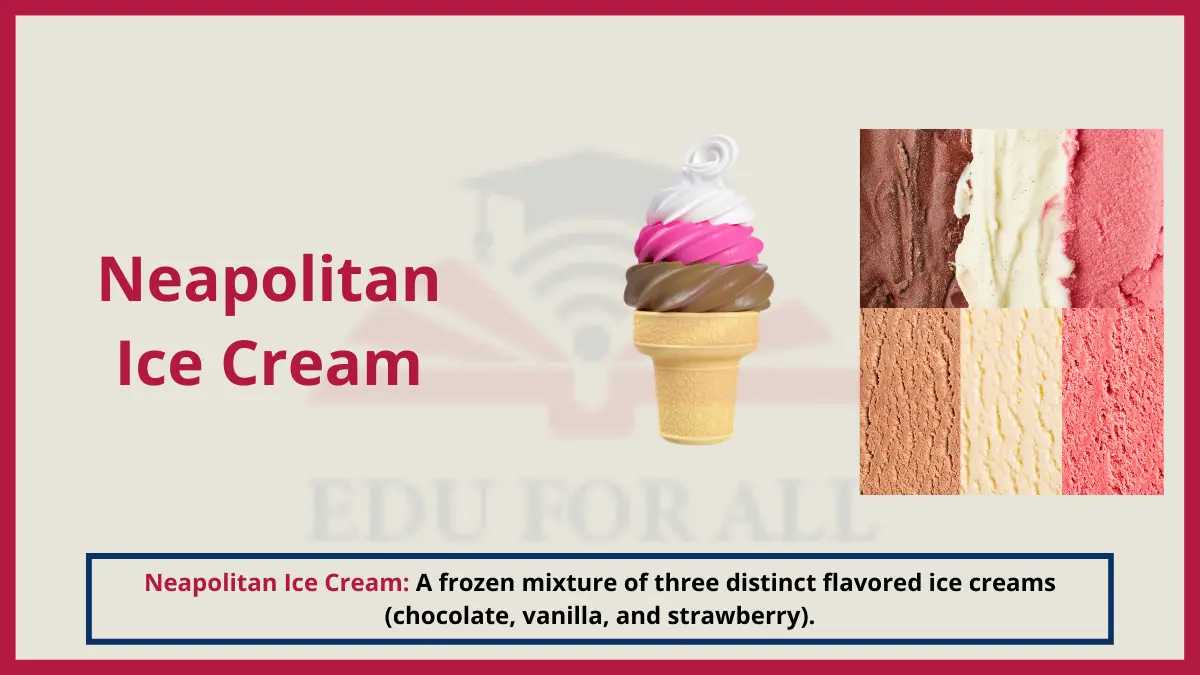
Experiment: Allow Neapolitan ice cream to soften then try separating out the different flavor sections.

